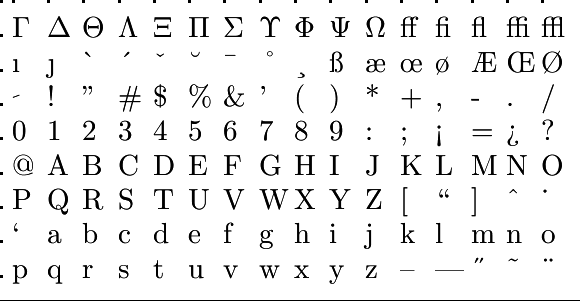Basic algebra skills: Quadratic functions
 Quadratic equations
Quadratic equations
In addition to linear equations, there are quadratic equations. We will first look at what a quadratic equation is, and then we will look at a method of solving special cases of quadratic equations.
Quadratic equations
An equation with unknown #x# is called quadratic or second degree if the only terms appearing in it are constants, constant multiples of #x#, and constant multiples of #x^2#.
The general form is: \[a \cdot x^2+b \cdot x +c=0\]
Here #a#, #b# and #c# are numbers.
As with linear equations, we can reduce quadratic equations by applying the same operations to the left- and right-hand sides of the equation, such as addition and subtraction. This way, we can reduce any quadratic equation to its standard form, that is, the general form given in the definition. Starting from this standard form, we can use a number of solution methods.
We will discuss the general solution of a quadratic equation later. Now, we discuss the special case in which we can factorise the left-hand side of the equation. By doing this, the solution can quickly be found:
If the left-hand side can be factorised into linear factors: \[ a\cdot x^2+b\cdot x+c=(x-p)\cdot(x-q)\tiny,\] where #p# and #q# are real numbers, then the solution to the equation is #x=p\lor x=q#.
The following rule has been used below
#A\cdot B=0\phantom{xxx}# is equivalent to #\phantom{xxx}A=0\lor B=0#, where #A = x-p# and #B = x-q# are:
\[\begin{array}{rcl}a\cdot x^2+b\cdot x+c&=&0\\ &&\phantom{xx}\color{blue}{\text{original equation}}\\ (x-p)\cdot(x-q)&=&0\\&&\phantom{xx}\color{blue}{\text{replaced left-hand side by factoring}}\\ x-p=0&\lor& x-q=0\\&&\phantom{xx}\color{blue}{\text{above mentioned rule}}\\ x=p&\lor& x=q \\&&\phantom{xx}\color{blue}{\text{constants to right-hand side}}\\ \end{array}\]
The first example explains how to find the factorisation of a quadratic equation in standard form. The other two examples show how factorisation can be used to quickly solve a quadratic equation.
We are looking for numbers #p# and #q# such that the quadratic polynomial #x^2+4\cdot x-21# can be written as #(x-p)\cdot(x-q)#. If the absolute value of #p# is greater than #q#, we interchange them, so #|p|\le |q|#. We expand the brackets and compare the result with the original expression:
\[ x^2-(p+q)\cdot x+p\cdot q = x^2+4\cdot x-21\tiny\]
A comparison with #x^2+4\cdot x-21# gives \[
\lineqs{p+q &=& -4\cr p\cdot q &=& -21}\] If #p# and #q# are integers, they are divisors of #-21#. We go through all possible divisors #p# with #p^2\le |-21|# (which must be satisfied in view of #|p|\le |q|#) and in each case we calculate the sum of #p# and #q=\frac{-21}{p}#:
\[\begin{array}{|r|c|l|}
\hline
p&q&{p+q}\\
\hline
1&-21&-20\\ \hline -1&21&20\\ \hline 3&-7&-4\\ \hline -3&7&4 \\
\hline
\end{array}\]
The line of the table with #p=3# and #q=-7# is the only one with sum #-4#, hence, this is the answer:
\[x^2+4\cdot x-21=(x-3)\cdot(x+7)\tiny.\]

Or visit omptest.org if jou are taking an OMPT exam.



